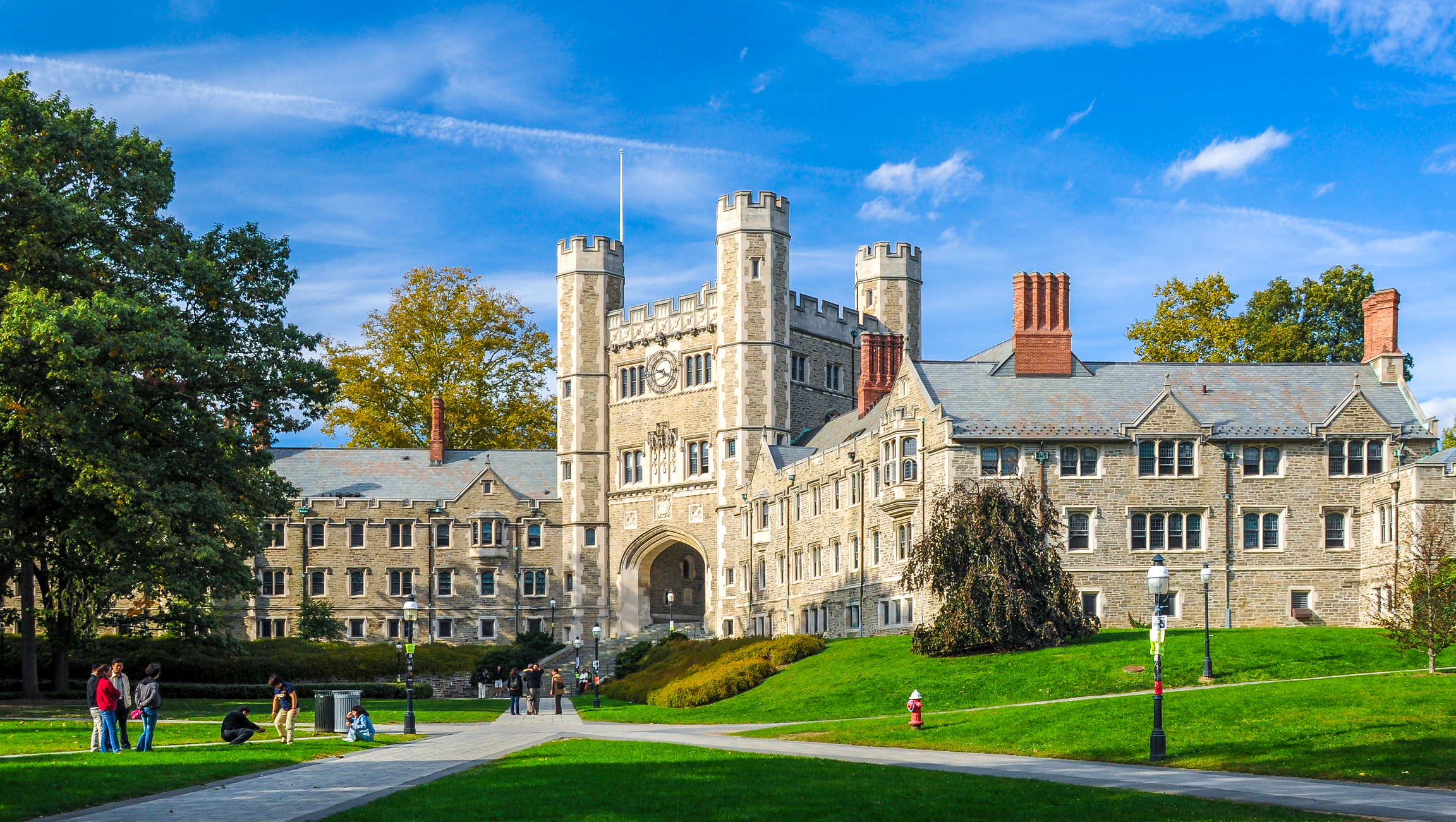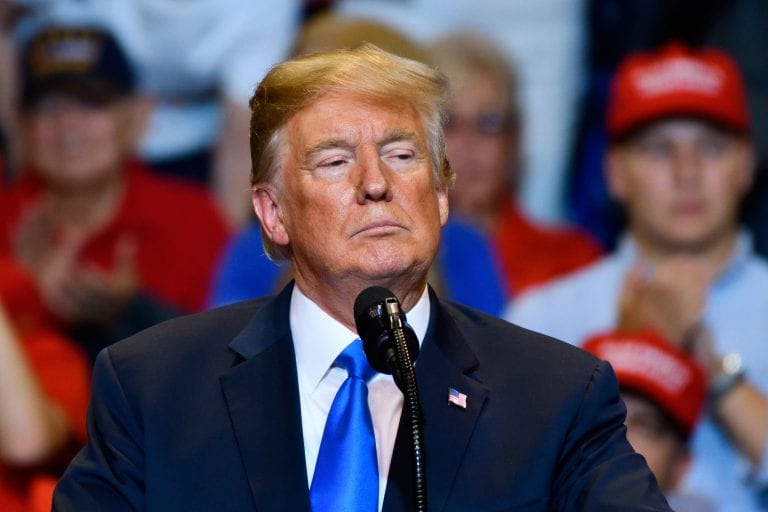
The Trump administration has officially resumed the collection of federal student loan payments after a five-year pause initiated during the COVID-19 outbreak and have outlined plans to potentially garnish wages, tax returns and social security benefits “later this summer.”
Student loan repayments were suspended in March 2020 on a temporary basis due to the COVID-19 pandemic as part of the CARES Action under the Biden administration with around 43 million borrowing students in the U.S. given relief over student loan repayment. The suspension had extended continuously over the years but ended in October 2024 and with Donald Trump back in office, these policies are set to change.
The Department of Education through the Department of Treasury have already sent 30-day official notices to approximately 195,00 borrowers who have failed to repay their debt for over nine months warning them of the potential cuts they may suffer.
They estimate that four million student loan borrowers are currently in default and that number could rise up to 10 million in a “few months” time.
According to a report from TransUnion, 20.5% of federal student loan borrowers with a payment due are 90 days or more past due as reported by their servicer through February 2025. That is a 9% increase from the figures of February 2020.
According to Department of Eduction data, as of the end of 2024, the total student loan debt owed is $1.6 trillion. Federal student loan debt represents 92.2% of all student loan debt according to the Education Data Initiative. The average debt is calculated to $38,375 per borrower.
“American taxpayers will no longer be forced to serve as collateral for irresponsible student loan policies,” said Education Secretary Linda McMahon when referring to the previous administrations policies.
Kristin McGuire, Executive Director of the youth advocacy group Young Invincibles, highlighted the challenges borrowers face in trying to navigate and understand their loan situations.
“Things are really difficult to understand right now. Things are changing every day,” she said. “We can’t assume that people are in default because they don’t want to pay their loans. People are in default because they can’t pay their loans and because they don’t know how to pay their loans.”
Others have also criticized this shift in policy. “This is cruel, unnecessary and will further fan the flames of economic chaos for working families across this country,” said Executive Director of the Student Borrower Protection Center, Mike Pierce.
In addition to the resumption of federal student loan repayments, significant changes are on the horizon for new borrowers. Congress has introduced the Student Success and Taxpayer Savings Plan, slated to take effect on July 1, 2026. This reform aims to overhaul the system, introducing borrowing limits and simplifying repayment options.
SEE ALSO: Donald Trump Mandates Sweeping Changes to Education System









-259x300.jpg)


